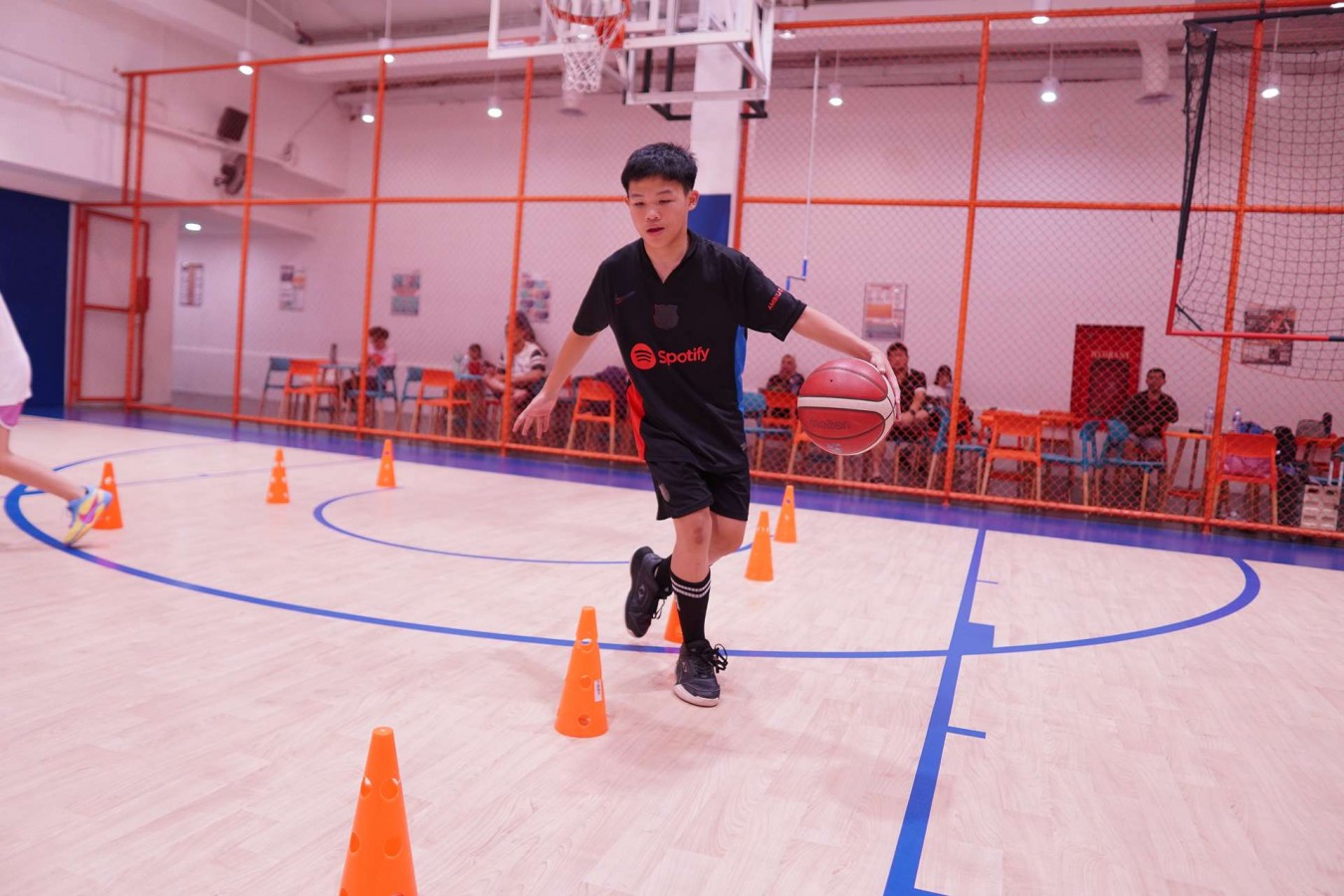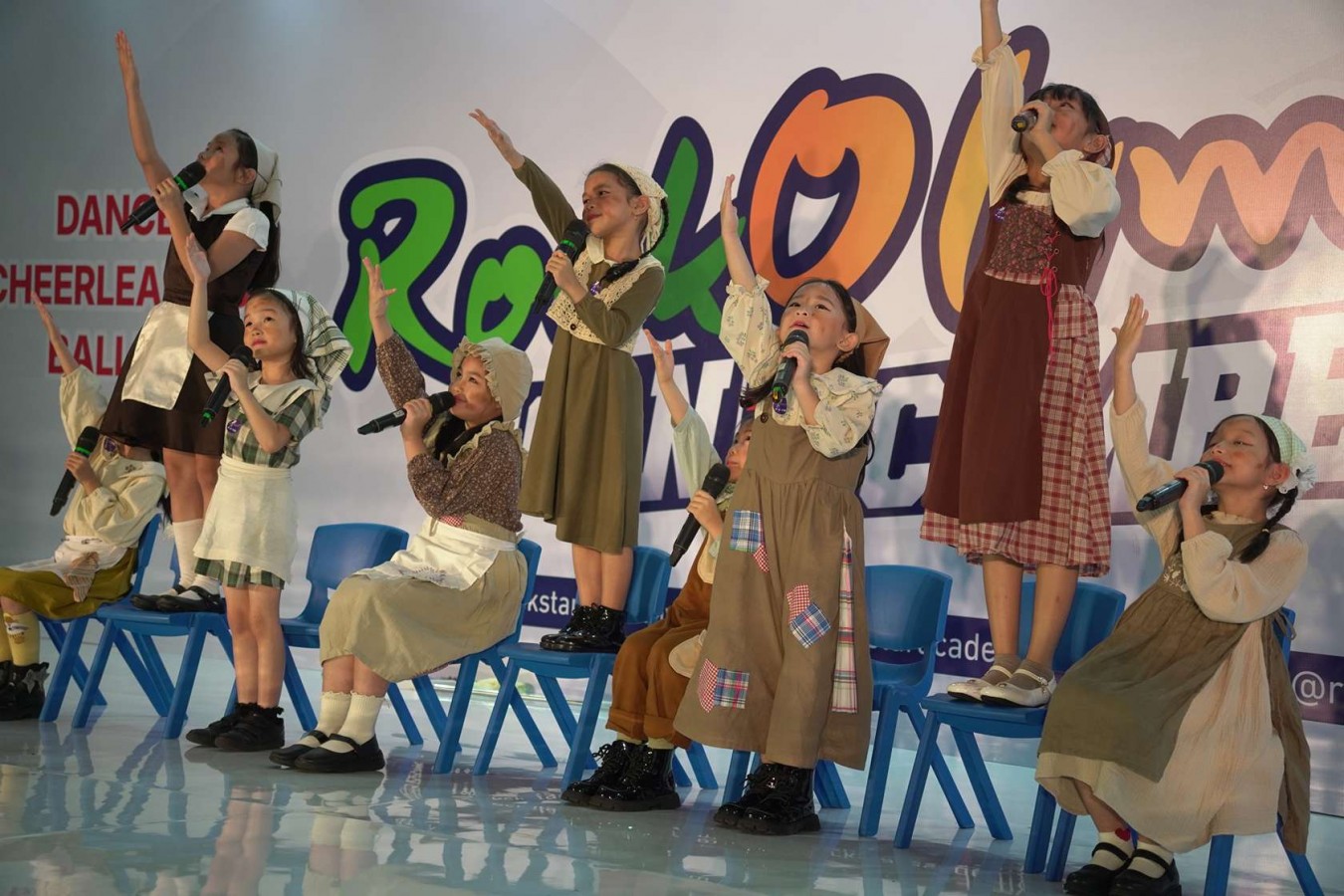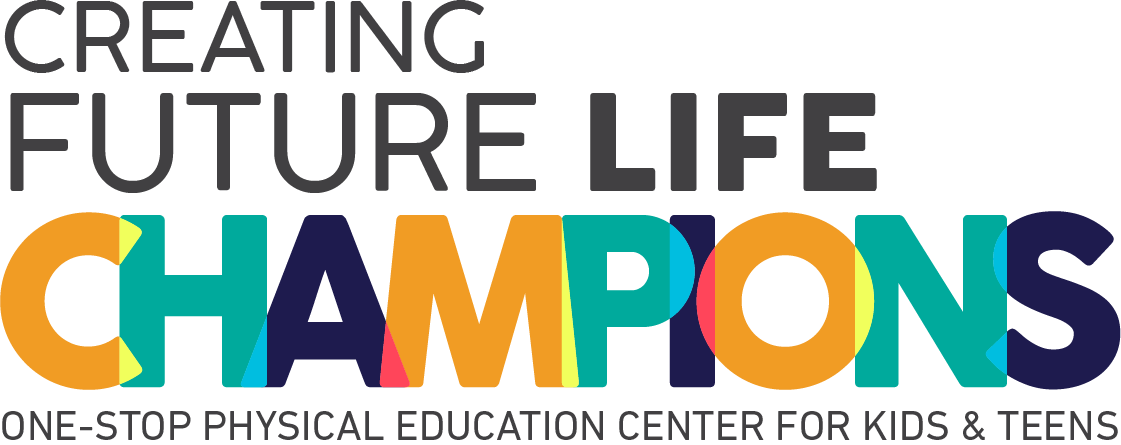Cheerleading Formations: Examples for 5 to 25 Person Squads
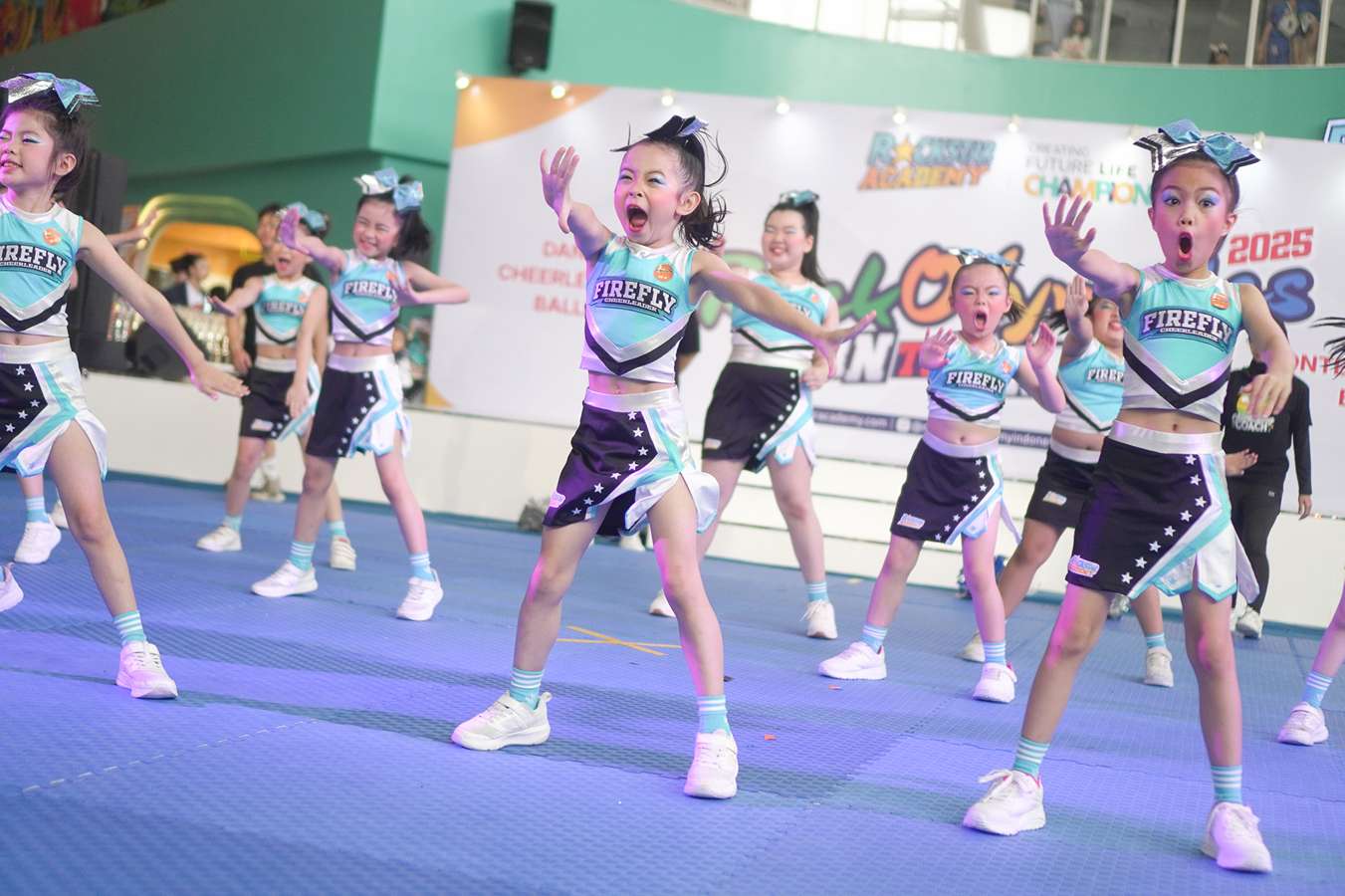
When you’re building a cheerleading routine, cheerleading formations are one of the first things you need to plan. Formations are how your squad lines up and moves on the floor, creating visual patterns that match your stunts, motions, and transitions.
In this article, we’ll break down what formations are in cheerleading, what to consider when planning them, and give you examples for squads of different sizes. Let’s keep reading!
What Are Formations in Cheerleading?
Formations in cheerleading are basically the way your team lines up or arranges themselves on the floor during a routine. Think of it like creating shapes or patterns with your teammates so the performance looks exciting and organized.
These formations are carefully planned to match the music, stunts, jumps, and dance sections. A good formation makes the routine look cleaner, more powerful, and way more fun to watch.
Things to Consider When Choosing Your Formation
When choosing your cheerleading formation, you can’t just place people anywhere. In fact, it takes strategy to make the routine look its best. Here are a few key things to keep in mind:
1. How Many People are on Your Team?
This is the first thing you need to know. A formation for 5 people will look way different than one for 25, so always base your design on your squad size.
2. How Many Formation Changes Do You Want in One Cheer?
Too many can make things messy, but just one might look boring. Find the right balance based on your routine’s flow.
3. Make Your Transitions Smooth
You want formation changes to look natural—not like everyone’s running to find their spot. The smoother the switch, the more professional your routine will feel.
4. Think 360!
Formations are seen from all angles, especially at competitions or big performances, so make sure it looks good from the front, sides, and back.
5. Placement Matters
Put your stunt groups together, place your strongest dancers in the front, and make sure each person is placed where they can shine best.
6. Play with Levels
Add more visual interest by mixing standing, kneeling, or sitting positions. For example, a “Bowling Pin” formation looks even cooler when the front row is kneeling.
Cheerleading Formation Examples by Team Size
Choosing the right cheerleading formations can make your routine look clean, powerful, and exciting. You can create amazing visual effects whether you have 5 people or a full team of 25. The key is using your space, levels, and symmetry wisely.
A. 5-Person Formation
- Straight Line Formation
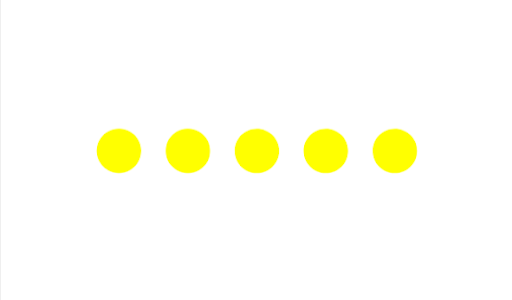
All five members line up side by side in a straight horizontal line. This one is clean and easy, great for sharp cheerleading motions, chants, or synchronized moves where everyone needs equal attention.
- Inverted V Formation
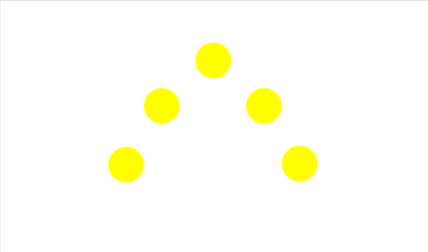
One person stands in front as the point, with the rest forming a “V” shape behind them. This draws the audience’s eyes forward and is perfect for starting a cheer or highlighting a strong move at the front.
- Diagonal Formation
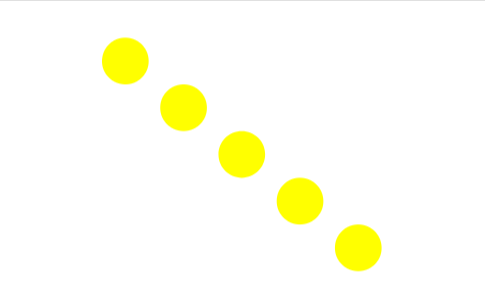
Everyone is lined up at a slant, creating a diagonal shape. It’s great for adding energy and a sense of movement to your routine, making things look more dynamic on the floor.
B. 6-Person Formation
- Staggered Line Formation
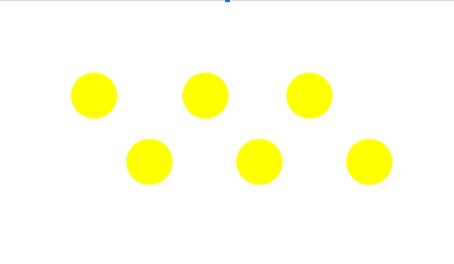
Six members are arranged in two uneven rows, creating a layered effect. This adds depth and makes movements easier to see from the audience’s perspective.
- Triangle Formation
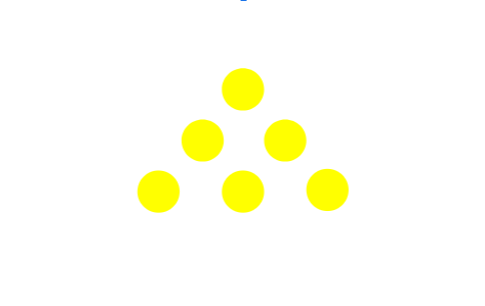
One point at the front, followed by two, then three in the back row. This is a classic cheer formation that works perfectly for opening, closing, or highlighting important moments in the routine.
- Diamond with Side Wings

Formation Four members form a diamond shape in the middle, with two positioned slightly to the sides. This creates balance and a nice stage presence, perfect for a big finish or transition.
C. 7-Person Formation
- Cluster Formation
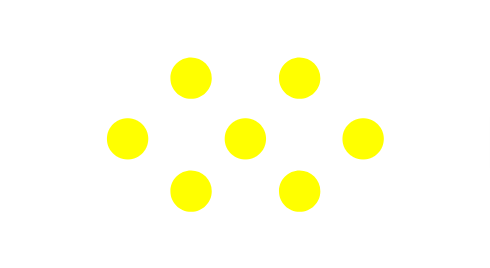
Cheerleaders group together in a diamond-like or compact triangle shape. This makes the team look tight and powerful—great for fast, sharp motions or when you want to highlight unity.
- Staggered Wave
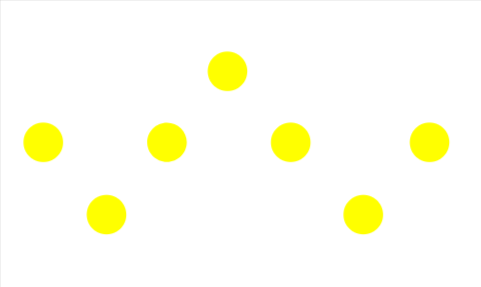
Members are arranged in a wave or zig-zag pattern. Adds depth and dimension. It is ideal for transitions and dance routines with layered movements.
- Chevron or V Formation
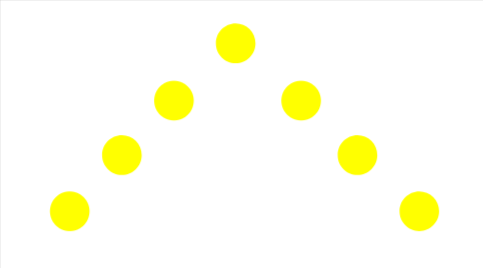
A wide V-shape with one person in front center and others spreading out. Very dynamic and eye-catching, especially during powerful chants or jumps.
D. 8-Person Formation
- Gentle Wave Formation
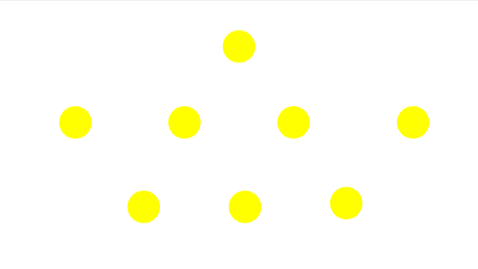
The team forms a soft curve that creates a flowing visual. Great for opening poses or smooth transitions.
- Diamond Formation
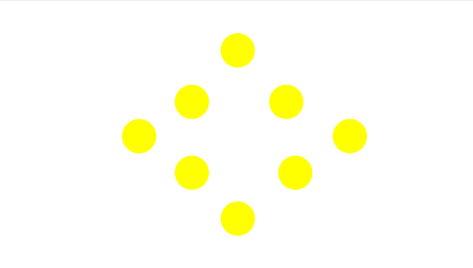
A diamond shape draws the audience’s eyes to the center—amazing for big hits or high-energy moves.
- Wide Wave Formation
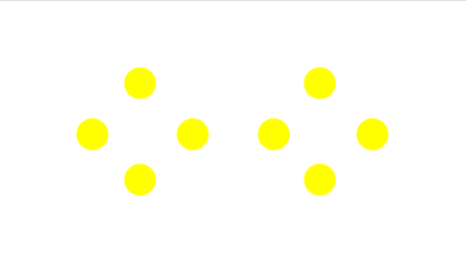
Here, the team forms a wave-like curve. It’s great for dance sections or coordinated arm motions to add a flowing effect.
E. 9-Person Formation
- Staggered Triangle
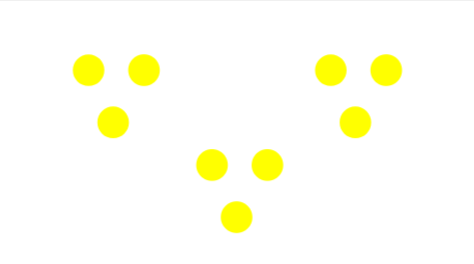
This one looks like an open triangle where dancers are spaced diagonally and vertically. Perfect for emphasizing a center cheerleader or move. It gives a sense of depth and draws the eye naturally to the middle.
- Z Formation

Yep—you’ve got a literal “Z” here! Dancers are aligned to create the letter shape clearly. Unique and playful! Ideal for spelling out words, themed performances, or creative chants. It’s unexpected and fun.
- X Formation
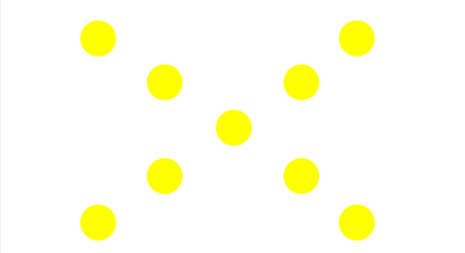
This shape is super eye-catching because it spreads the team evenly across both diagonals. It’s perfect for moments when you want the audience’s attention to travel across the whole floor.
F. 10-Person Formation
- 3-4-3 Formation
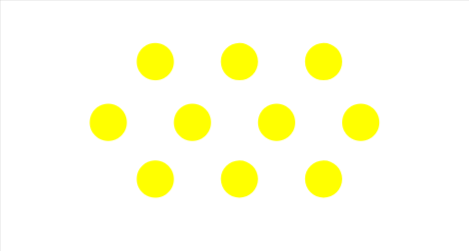
This is a classic cheerleading layout. It’s neat, balanced, and easy to build on. You’ve got 3 in the front, 4 in the middle, and 3 in the back. Want to spice it up? Try having the front row kneel, the middle row lunge back, and the last row stand tall. Or, have the middle four kneel instead. It adds visual interest and level changes to a basic shape!
- Symmetrical 5-5 Split
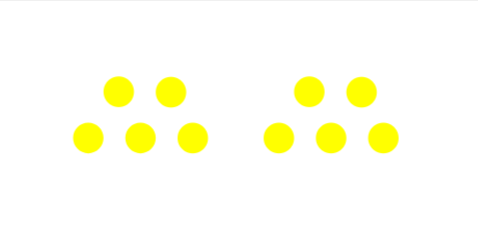
This one is also super common and easy to pull off. You’ve got two mirrored blocks of 5 dancers each. This clean look is great for stunts or quick transitions.
You can make it fun by having the front row kneel and the back row stay upright or mix it up by choosing a center person in the back to kneel for extra flair.
- Creative Center Formation
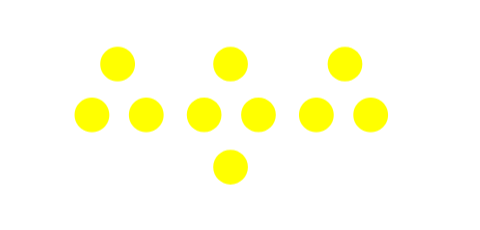
Here’s where things get more interesting. The middle four step in closer to make a standout centerpiece, while the rest stay in place. It’s awesome for highlighting a key move or for preparing a stunt right in the middle.
G. 15-Person Formation
- Triangle (Bowling Pin Style)
.png)
This one takes the triangle formation to another level. The back row has three stunt groups, forming a diamond shape inside the triangle. This setup is perfect for stunting or dancing transitions. You can even switch it up by having front row members step forward while others hold the diamond.
- Three Groups of Five (Line Formation)
.png)
This one keeps it simple but powerful—three even rows of five. It’s perfect for clean motions, ripples, or transitioning into stunt groups. You can mix it up by adding level changes like kneeling, lunging, or jumps to make things more dynamic.
- Offset Groups of Five

Another variation of three groups of five, this time with a slight offset or angled position. It keeps the team moving and makes it easy to transition into other stunts. You can really let your creativity flow in this one since it’s flexible and performance-friendly.
H. 20-Person Formation
- Triangle Shape

The wide back row and narrow front draw focus to the center point. It’s balanced, looks great from every angle, and works perfectly for big cheers, stunts, or ripples. The front row can kneel or perform low moves, while the back rows stand tall or prepare for lifts.
- Block Pyramid Formation
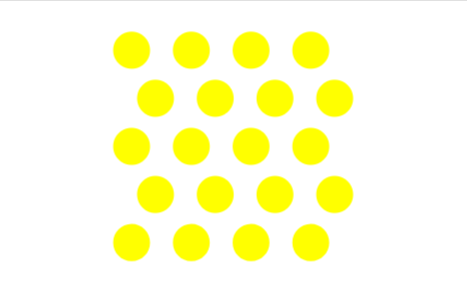
The members are arranged in a compact grid with 5 rows and up to 4 columns, forming a solid block shape. It’s great for synchronized movements and visually strong cheers facing the audience.
- V-Spread Formation
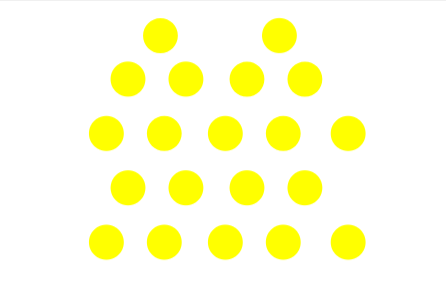
The members are arranged in a wide V shape with staggered rows, giving the formation an open and dynamic look. It’s perfect for big visual impact and synchronized group movements.
I. 25-Person Formation
- Triangle Formation
.png)
This is a classic and powerful formation for a 25-person team. The point at the front naturally draws the audience’s eyes, while the wider back supports level changes, ripples, and stunts. The last row of four members can easily transition into stunt groups for an exciting finish.
- Creative Ripple Formation
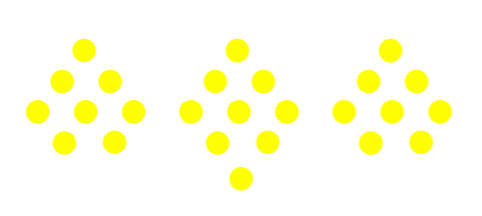
This setup has a more playful and dynamic design. It’s perfect for ripple dances or wave effects, where movements travel across the formation. The back members in each mini-group can also form quick stunt clusters, keeping the routine energetic and surprising.
- Long Straight-Line Formation
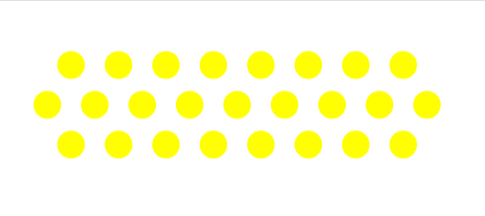
Simple but super effective, this uses clean straight rows which is perfect for sideline cheers or synchronized motions. It’s also ideal for ripple effects when you want movement to flow smoothly from one side to the other. Even though it’s basic, it looks sharp and organized when done well.
Make Every Move Look Unforgettable!
Great cheerleading formations are all about maximizing visual appeal while keeping every team member engaged and safe. Experiment, practice, and adjust until you find the perfect flow for your team. The right formation doesn’t just make you look organized but will make you look unstoppable.
Ready to cheer like a pro? At Rockstar Academy, our Cheerleading Program is designed to build strong, confident athletes through high-energy stunts, sharp motions, and team spirit!
As a top Sports & Performing Arts Academy, we train future champions who get the chance to perform and compete in exciting events like the Cheer Recital, Elite Championships and RockOlympics.
The best part is you can try it for free before committing! Just sign up for a free trial class and experience the Rockstar vibe yourself!
FAQ
What formation is in cheerleading?
Formations are how cheerleaders arrange themselves on the floor to create visual impact.
What are things to consider when choosing your formation?
Team size, smooth transitions, visibility from all angles, stunt group placement, and level changes.

